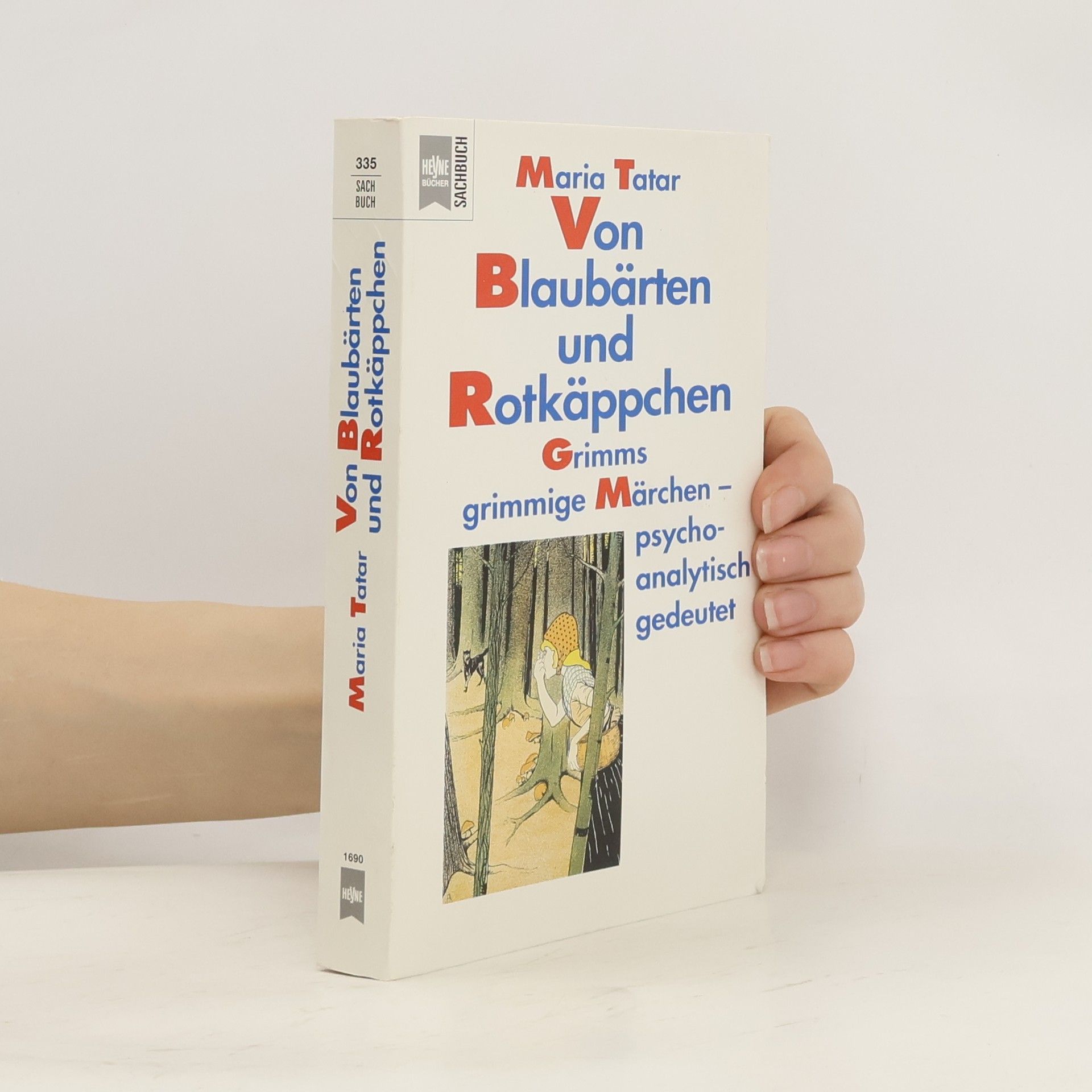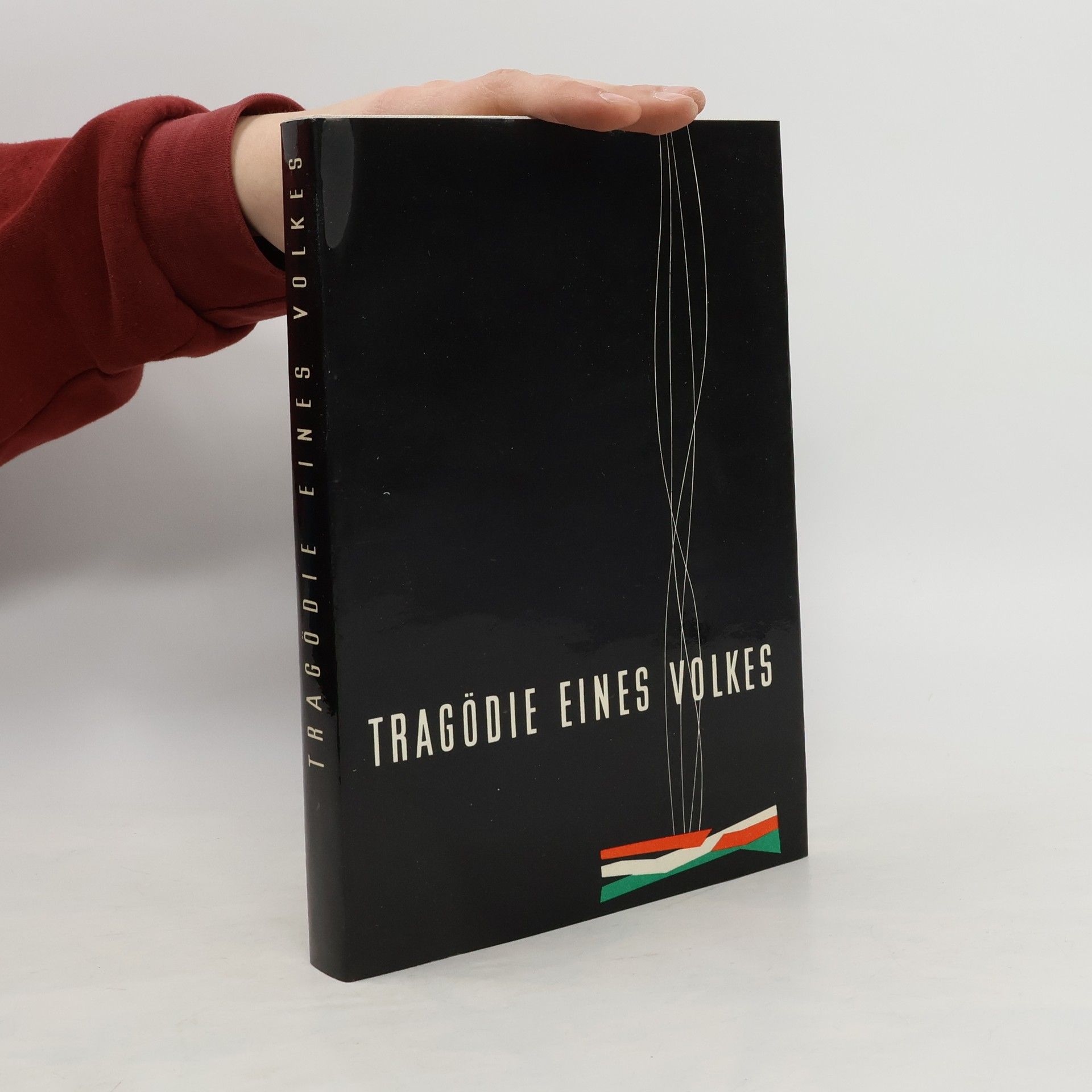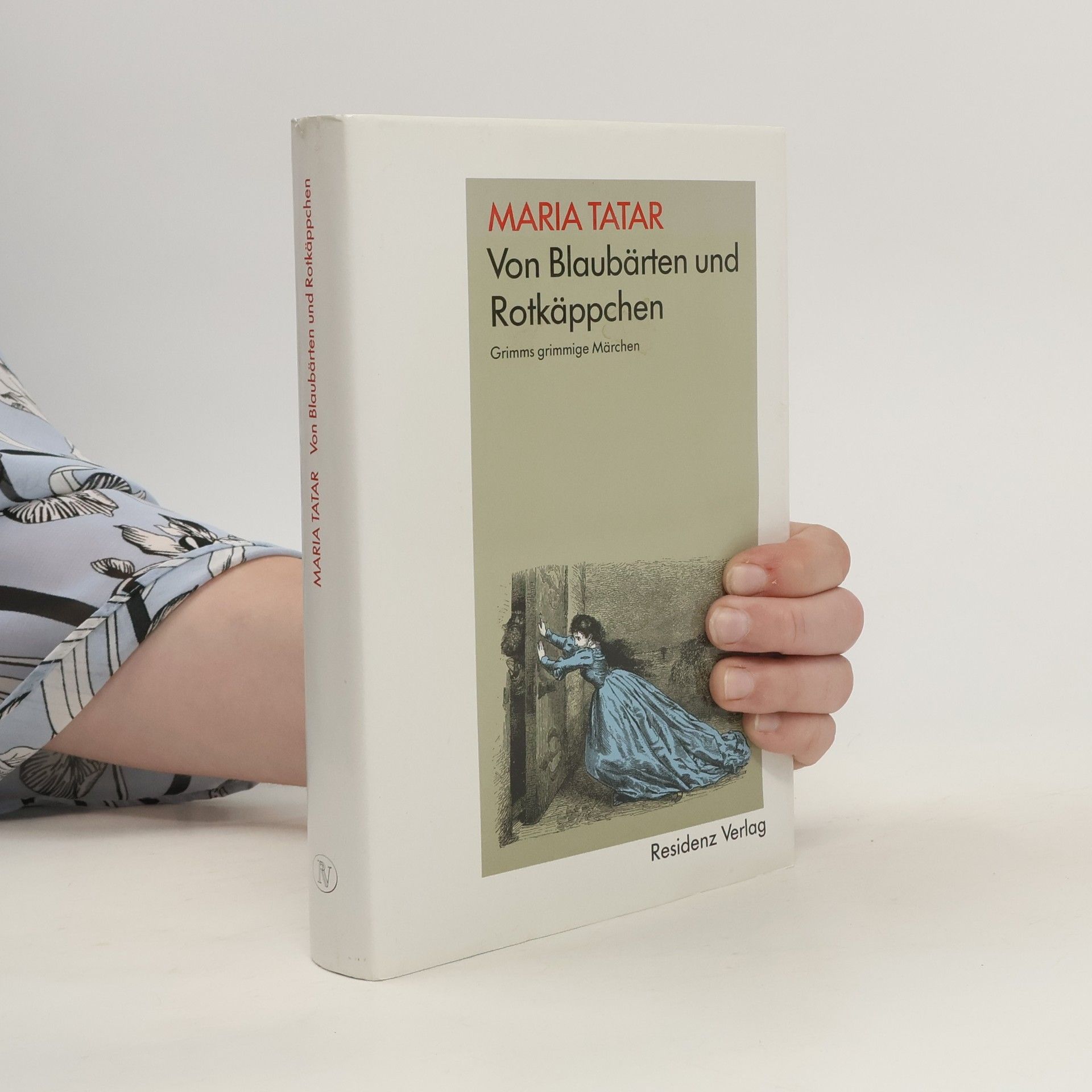Analyse von Aussagen und Sachverhalten aus Grimm'schen Märchen im Hinblick auf eine mögliche Entsprechung in der Realität.
Maria Tatar Bücher
Maria Tatar erforscht die tiefgreifende Kraft von Geschichten, insbesondere im Kontext der Kindheit. Ihre wissenschaftliche Arbeit untersucht die komplexen Verbindungen zwischen Folklore und menschlicher Vorstellungskraft und deckt auf, wie traditionelle Erzählungen unser Weltverständnis und unser Selbstbild prägen. Durch ihre aufschlussreiche Analyse und kuratierten Sammlungen klassischer Märchen beleuchtet sie die anhaltende Bedeutung dieser Erzählungen für die Gestaltung von Kultur und Identität.






In this illuminating work, a leading expert in the field of folklore guides readers through 26 fairy tales, exploring their historical origins, their cultural complexities, and their psychological effects on children. 350 full-color photos, paintings & illustrations.
Versions of the Snow White story have been shared across the world for centuries. Acclaimed folklorist and translator Maria Tatar places the well- known editions of Walt Disney and the Brothers Grimm alongside other tellings, inviting readers to experience anew a beloved fantasy of melodrama and imagination.
The Heroine with 1001 Faces
- 368 Seiten
- 13 Lesestunden
In "The Heroine with 1,001 Faces," Maria Tatar critiques Joseph Campbell's male-centric view of heroism, highlighting the often-overlooked contributions of female figures in social justice. Through storytelling and domestic arts, these heroines, from ancient to modern times, embody courage and resilience in their quests for change.
In a book that confronts our society's obsession with sexual violence, Maria Tatar seeks the meaning behind one of the most disturbing images of twentieth-century Western culture: the violated female corpse. This image is so prevalent in painting, literature, film, and, most recently, in mass media, that we rarely question what is at stake in its representation. Tatar, however, challenges us to consider what is taking place-both artistically and socially-in the construction and circulation of scenes depicting sexual murder. In examining images of sexual murder (Lustmord), she produces a riveting study of how art and murder have intersected in the sexual politics of culture from Weimar Germany to the present. Tatar focuses attention on the politically turbulent Weimar Republic, often viewed as the birthplace of a transgressive avant-garde modernism, where representations of female sexual mutilation abound. Here a revealing episode in the gender politics of cultural production unfolds as male artists and writers, working in a society consumed by fear of outside threats, envision women as enemies that can be contained and mastered through transcendent artistic expression. Not only does Tatar show that male artists openly identified with real-life sexual murderers-George Grosz posed as Jack the Ripper in a photograph where his model and future wife was the target of his knife-but she also reveals the ways in which victims were disavowed and erased. Tatar first analyzes actual cases of sexual murder that aroused wide public interest in Weimar Germany. She then considers how the representation of murdered women in visual and literary works functions as a strategy for managing social andsexual anxieties, and shows how violence against women can be linked to the war trauma, to urban pathologies, and to the politics of cultural production and biological reproduction. In exploring the complex relationship between victim and agent in cases of sexual murder, Tatar explains how the roles came to be destabilized and reversed, turning the perpetrator of criminal deeds into a defenseless victim of seductive evil. Throughout the West today, the creation of similar ideological constructions still occurs in societies that have only recently begun to validate the voices of its victims. Maria Tatar's book opens up an important discussion for readers seeking to understand the forces behind sexual violence and its portrayal in the cultural media throughout this century.
